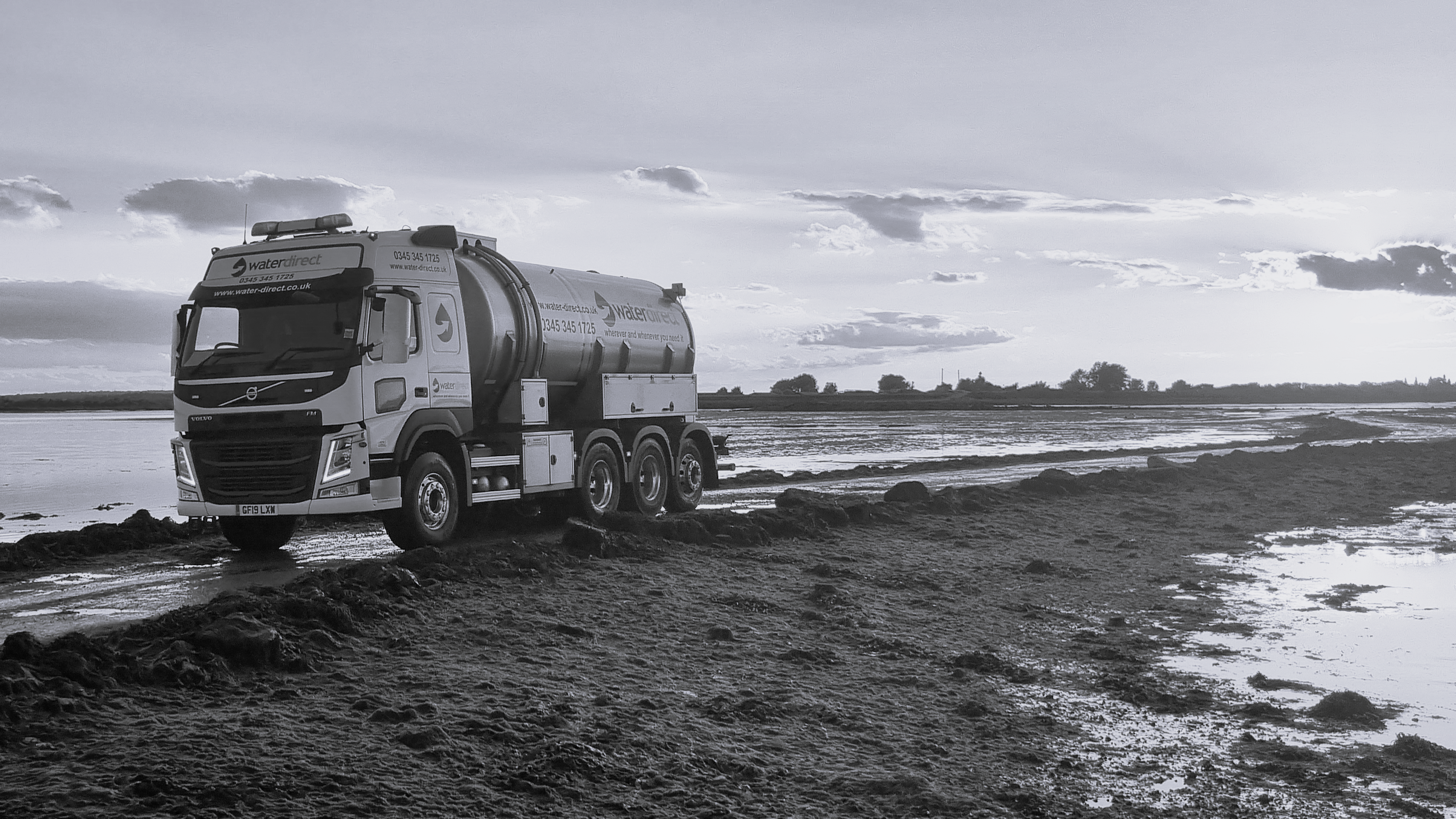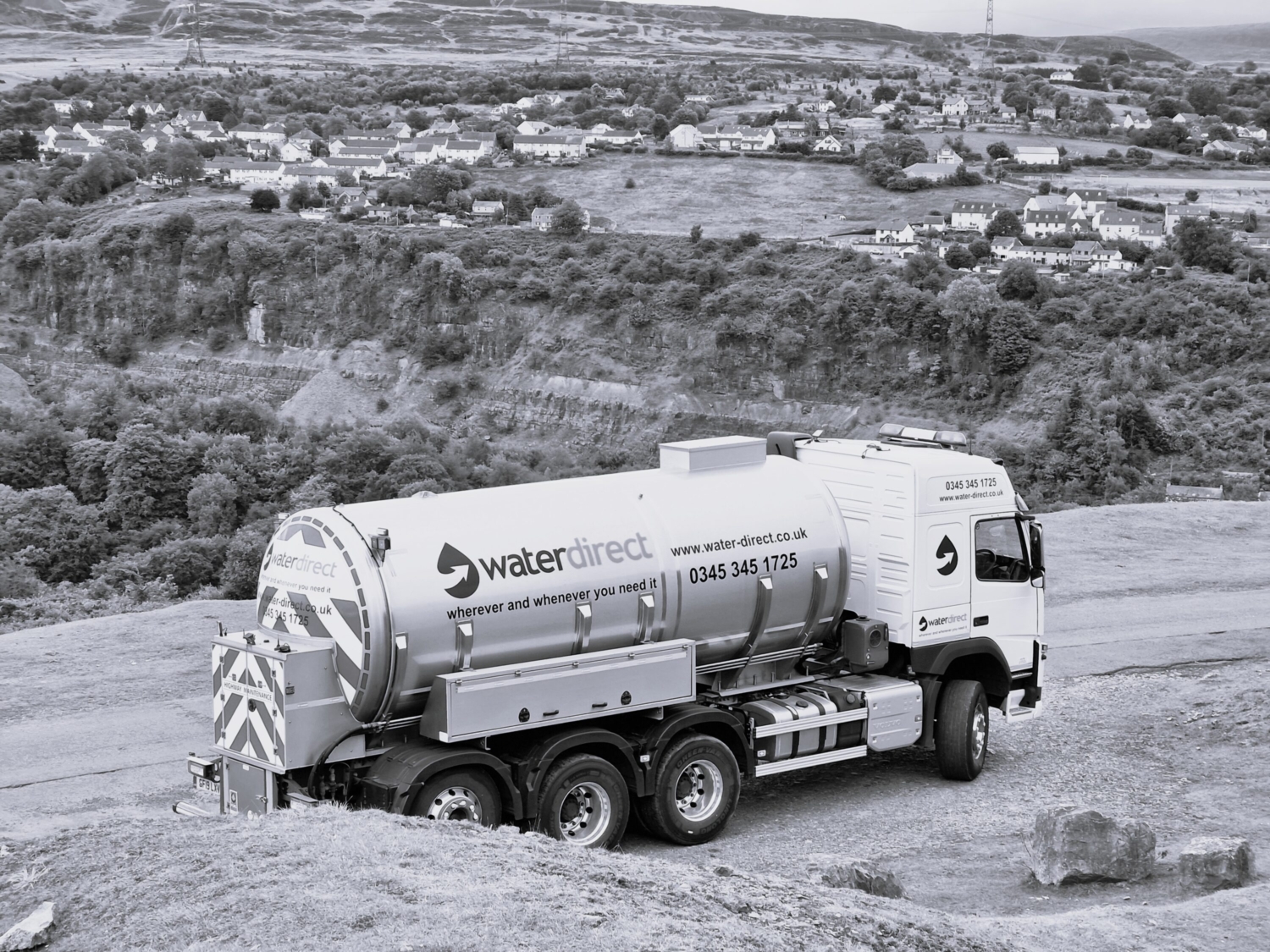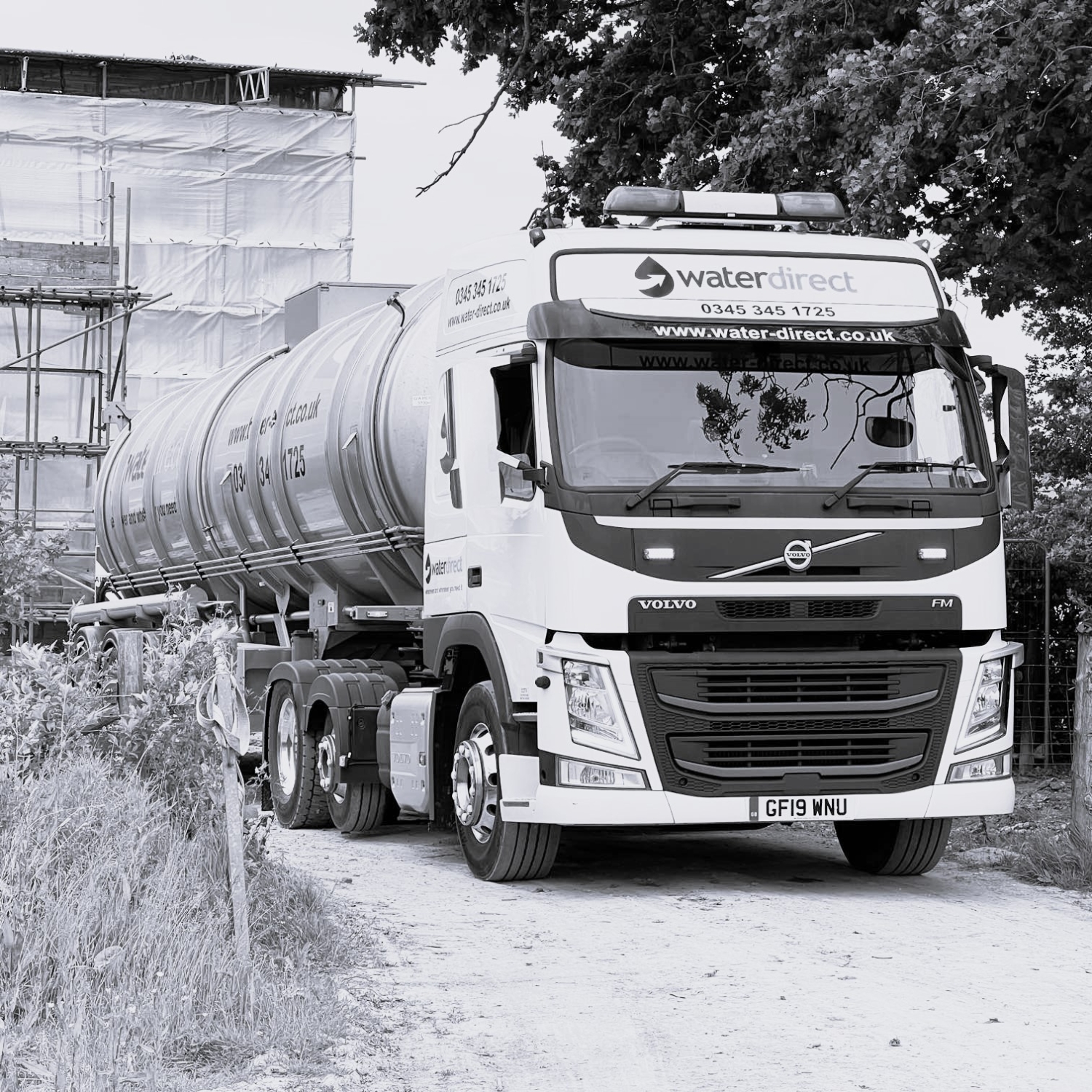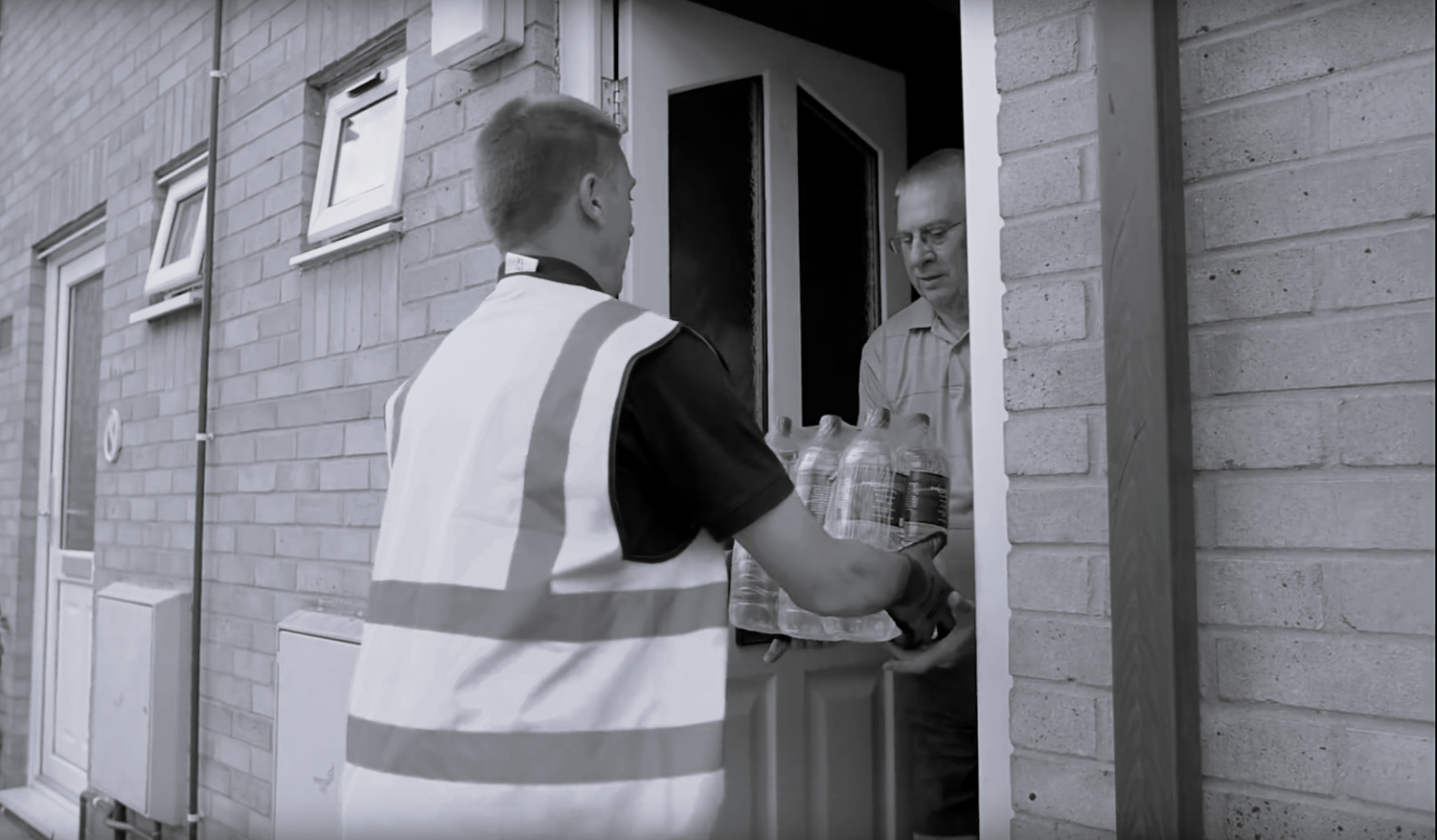
The Contingency Planning Blind Spot
Water supply interruptions are becoming more and more frequent in the UK, and they have the potential to catch businesses off guard, leaving them with costly, time consuming problems.
Construction Site Water Supply
Share:






